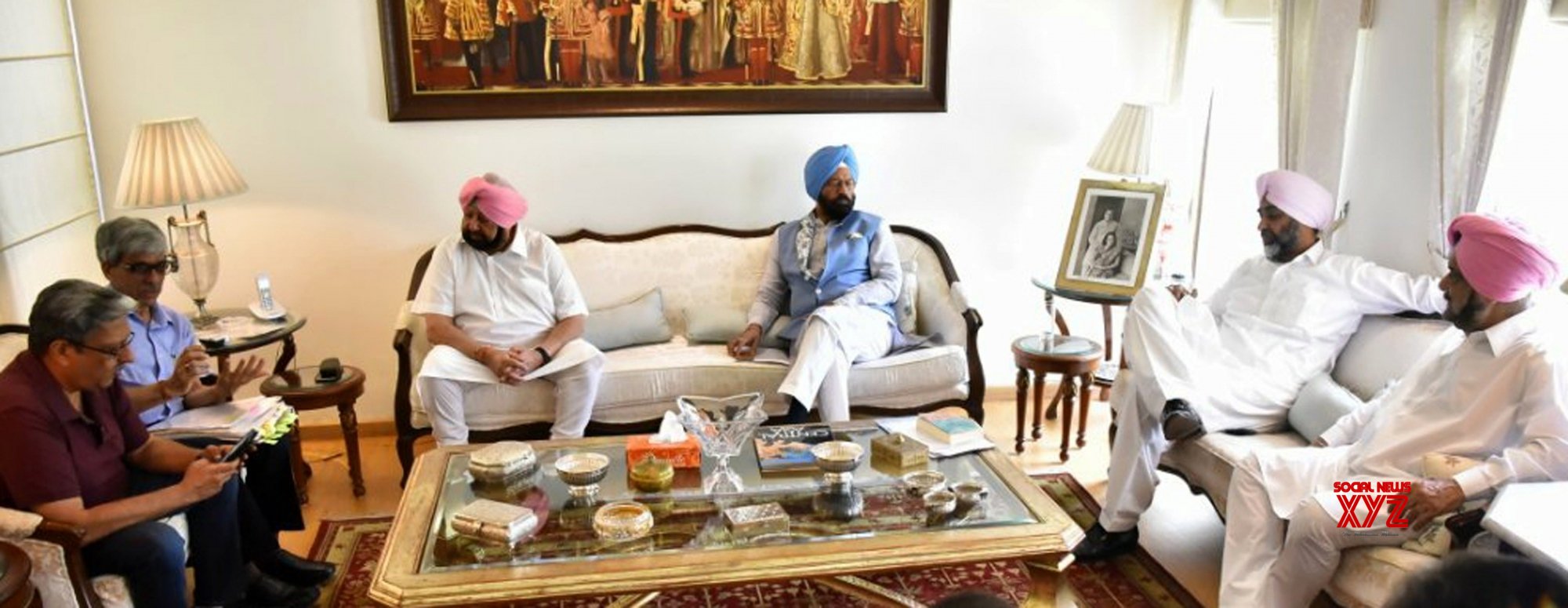TOURISM IS AN ENGINE FOR WELFARE DELIVERY
As of today, India is at the cusp of administering 75 crore vaccine doses. There could be no bigger confidence booster for the Tourism industry than this. While international tourism could take longer to open up, as international air-travel is still constrained, we have a tremendous opportunity to promote domestic tourism as a large percentage of our population will be fully vaccinated by the end of the year.
Given this background, the Conference of the Tourism and Culture Ministers of the states of North Eastern Region organized by the Ministry of Tourism, Government of India on September 13 to 14 at Guwahati bears special significance.
The Ashta lakshmi states of the north-east region have a special place in the Prime Minister’s heart and he has worked tirelessly to develop the region with a three-pronged strategy. First, the various agreements that have been signed under his leadership have led to insurgent groups abjuring violence and integrating themselves into the country’s development agenda.
This has led to a faster pace in the progress of infrastructure projects and the Prime Minister’s constant monitoring and timely interventions have resolved issues in project execution. Finally, the prevailing environment of peace and the upgradation of infrastructure has made it possible for tourists and those interested in doing business to visit the region.

This two-day conference is focussing on discussing the development of tourism and issues related to connectivity in the North Eastern Region and build synergies between all the stakeholders across the Union and state governments.
The conference is also hosting various technical sessions on Capacity Building Programmes and Human Resource Development Projects in North East Region, Management, Operation and Safety Standards for Adventure Sports, and Digital Promotion and Marketing.
During his Independence Day address from the Red fort in 2019, the Prime Minister exhorted every Indian citizen to visit at least 15 destinations by the year 2022 when India celebrates 75 years of independence. With Bangladesh to the west, Myanmar to the east and Bhutan and China to the north, the north-eastern states are truly jewels in India’s crown and need to be in the travel itinerary of every domestic traveller.
With snow-capped peaks, fast-flowing rivers, large valleys, and breath-taking landscapes, the north-eastern states have very high-potential tourist destinations. These states are also home to immense ethnic, cultural, and linguistic diversity.
The tourism sector has the potential to create a significant positive impact on the land, its culture, and its people. Various studies have shown that for an investment of 10 Lakh rupees, tourism can create as many as 78 jobs – the highest job creating potential among our primary, secondary and tertiary sectors. In 2019-20 the tourism sector had a 15.34% share of jobs in overall employment, creating 79.86 million direct and indirect jobs in the economy.
We are working to harness the sector’s potential to be an engine of job creation in the north-eastern region. This can be done in a sustainable manner so that the north-eastern region’s original ethos can be preserved. Ecological, rural, and adventure tourism have enormous potential as the area houses a large repository of natural heritage.
NORTH-EAST HAS SCOPE FOR BESPOKE TOURISM EXPERIENCES

The north-eastern region also has scope for many bespoke tourism experiences like tea tourism, wellness tourism and film tourism. Interestingly, the region also houses more than 100 species of bamboo that are naturally available in this region. Products such as incense sticks, bamboo mats, slivers & strips are manufactured and must be promoted to enable economic prosperity for local communities. Be it Muga silk from Assam or Naga chillies from Nagaland, the region has much to offer to the rest of the country and the world.
This event could not have been organised at a better time. India is celebrating its 75th year of Independence through various events under the Azadi ka Amrit Mahotsav theme.
The activities that are being undertaken are aimed at highlighting the rich culture, history, the tangible and intangible heritage of our country. This is also an opportunity to highlight the ancient roots and vast civilizational heritage of our country and to capture the spirit of a New India driven by cutting edge digital technologies and a strong focus on infrastructural growth.
Under Azadi ka Amrit Mahotsav, we are also focusing on working towards bringing forward the festivals of India that are unique to different places in the country, especially the north-eastern states. These festivals truly celebrate the spirit that defines us as a civilization and creates a sense of Ek Bharat Shreshta Bharat.
Tourism is an important tool for promoting the region’s soft power and enabling people-to-people connectivity with the rest of the country and the world. Tourism also needs to be recast from the elitist lens that it is often perceived with.
The Prime Minister looks upon it as a tool to deliver welfare and prosperity to communities that directly benefit from the jobs and development opportunities that it offers. In a country, such as India, every village has something special to offer – its rich cultural heritage, its natural or ecological diversity, or an activity that a visitor can be involved in. Our aim is to harness this potential to its fullest.












